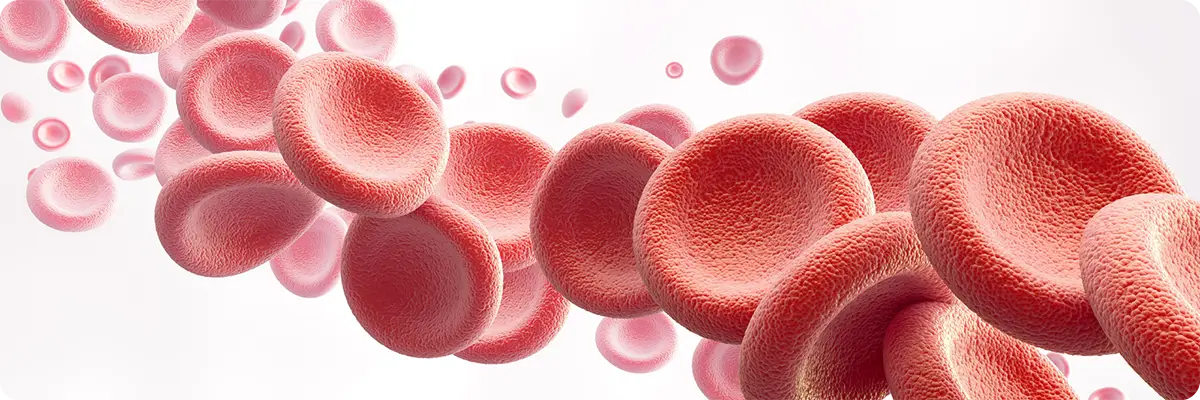Solutions
keyboard_arrow_downServices
keyboard_arrow_downSupport & Resources
keyboard_arrow_downCompany
keyboard_arrow_downContact
Kidney Disease
Kidney disease is a huge global health crisis, increasing healthcare costs, mortality and morbidity rates. The global prevalence of chronic kidney disease (CKD) has continued to rise during a short lifespan. In 2016, 1 in 10, equivalent to 10 percent of the global population were identified with having CKD with the highest prevalence's reported in Europe, the Middle East, East Asia and Latin America, estimated at 12 per cent and the lowest in South Asia, estimated at 7 percent1.
The early risk assessment of renal function is vital. In 1990, CKD was ranked the 27th leading cause of death in the Global Burden of Disease study2, rising to 18th3 in 2010, 13th in 20132 and 12th by 2015. From 2005-2015, the overall CKD mortality rate has risen by 31.7 percent, accounting for 1.1 million deaths globally in 20154.
Inadequacies of Traditional CKD Biomarkers
The most commonly used screening test for renal impairment is creatinine. When testing for CKD using creatinine, certain factors must be taken into consideration, including: age, gender, ethnicity, and muscle mass. As such, black men and black women will present with higher creatinine levels compared to white men and white women respectively5.
Serum creatinine is not an adequate screening test for renal impairment in the elderly (65 years of age and over) due to their decreased muscle mass. As such, patients are misdiagnosed, thus, patients with severe renal failure are receiving suboptimal care6.
The main disadvantage of using creatinine to screen for renal impairment is that up to 50 percent of renal function can be lost before significant creatinine levels become detectable as creatinine is insensitive to small changes in the glomerular filtration rate (GFR). Consequently, treatment is not provided at the appropriate time which can be fatal, thus, an earlier and more sensitive biomarker for renal function is vital7.
Biological Significance
Cystatin C is a small (13 kDa) cysteine proteinase inhibitor, produced by all nucleated cells at a constant rate. Cystatin C travels through the bloodstream to the kidneys where it is freely filtered by the glomerular membrane, resorbed and fully catabolised by the proximal renal tubes. Consequently, cystatin C is the ideal biomarker of GFR function8.
Clinical Significance of Cystatin C
The National Institute for Health and Care Excellence (NICE) (2014) guidelines recommend cystatin C testing due to its higher specificity for significant disease outcomes than those based on creatinine. As such, eGFR cystatin C measurements will significantly reduce the number of misdiagnosed patients, thus reducing the overall CKD burden9.
In 2017, a systematic literature search found 3,500 investigations into cystatin C as a marker of GFR. The study concluded that eGFRcystatinc was a significantly more superior than eGFRcreatinine10.
Benefits of Cystatin C
The Randox cystatin C assay utilises the latex enhanced immunoturbidimetric method offering numerous key features:
A niche product from Randox meaning that Randox are one of the only manufacturers to provide the cystatin C test in an automated biochemistry format
An automated assay which removes the inconvenience and time consumption associated with traditional ELISA testing
Applications are available detailing instrument-specific settings for the convenient use of the Randox cystatin C assay on a wide range of biochemistry analysers
Liquid ready-to-use reagents for convenience and ease-of-use
Latex enhanced immunoturbidimetric method delivering high performance
Extensive measuring range for the detection of clinically important results
Complementary controls and calibrators available offering a complete testing package
Limited interference from Bilirubin, Haemoglobin, Intralipid® and Triglycerides
Cystatin C does not suffer from a 'blind area' like creatinine due to cystatin C's sensitivity to small changes in GFR enabling the early detection renal impairment
An exceptional correlation coefficient of r=1.00 when compared against standard methods
More featured reagents
Read more about our vast range of assays



